On Wednesday, March 7, I joined the Southern Arizona Hiking Club on a climb of Apache Peak and French Joe Peak in the Whetstone Mountains southeast of Tucson. Apache Peak is the 29th most prominent peak in Arizona with 2886 feet of topographic prominence and 7711 feet of elevation. French Joe Peak lies nearby to the south of Apache Peak.
I last attempted Apache Peak in December 2016. Then I drove in by myself until the road erosion and steep grade convinced me to park several miles short of the end of the road. I hiked from there to near the end of the road and climbed up the WSW ridge through knee-high grass to a rocky point to consider my situation. By then it was late afternoon, I was running low on energy, and I thought that the risks were too high to continue. After returning to my Jeep I drove out in the dark. I noted on the road hike how the brush closed in on the road and one quite steep drop into and out of a wash promised some excitement when I returned someday.
This year members of the Southern Arizona Hiking Club decided it was time to return to Apache Peak after several years of neglect. John Ohm and Bill Hiscox drove in a week before our scheduled climb to try to clear out some of the brush and trees along the road. They discovered that someone had recently bulldozed the road, reducing the road erosion and steep grades and pushing back brush and trees encroaching on the road. That was good news, especially as I was to be one of the drivers on the following attempt.
Wednesday morning we rendezvoused before sunrise and drove in past the Empire Ranch to the end of the primitive road beneath the west slopes of Apache Peak. The drive went well, but high clearance was very useful. It seemed that at least two spots on the drive in would heavily erode over the upcoming monsoon seasons.
We left our vehicles, dropped steeply into a narrow canyon, then climbed out to reach the WSW ridge that led towards the summit. The route was brushy and steep in spots but otherwise easy to follow. We reached the Apache Peak summit, had lunch, signed the summit register, and took photos.
After lunch we headed south along the ridgeline towards our secondary objective for the day, French Joe Peak. The ridge traverse was quite brushy, but finished with a fun scramble up a rocky limestone cliff band.
High on Apache Peak and near the summit of French Joe Peak we found many sea creature fossils in the limestone.
After a short rest on French Joe Peak we returned to the Apache Peak summit and descended carefully to our cars down rocky and brushy slopes. We avoided the steep and narrow canyon by following an abandoned trail through the dense forest. The drive out was uneventful but time consuming. We returned to Tucson after sunset. It had been a very satisfying day for us all.
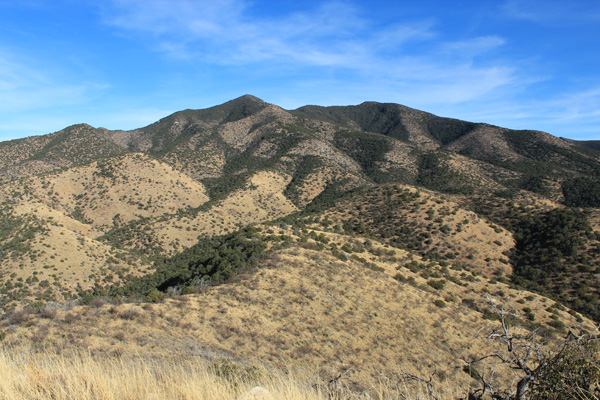
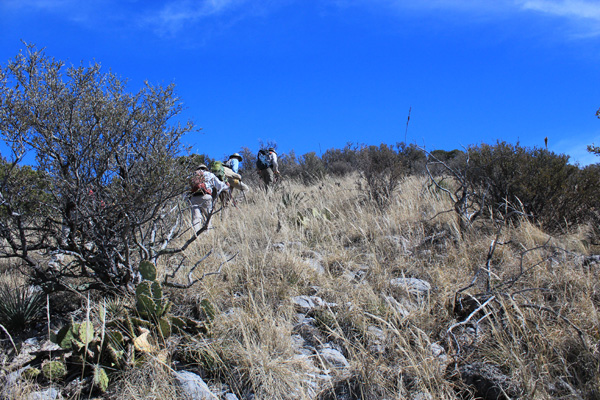
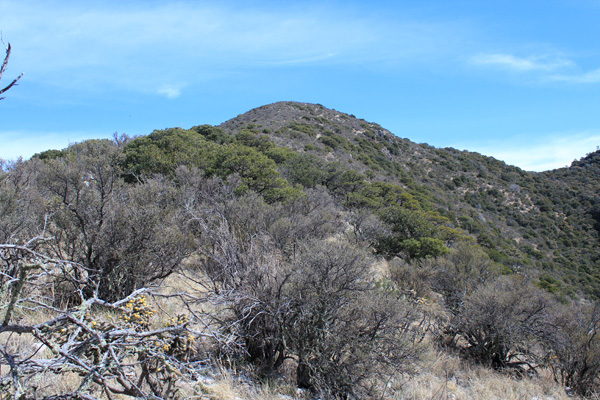
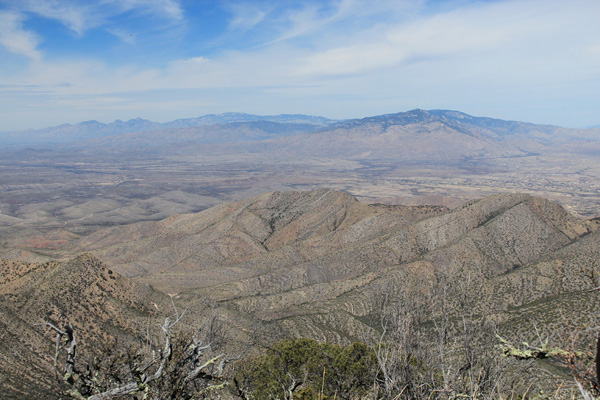
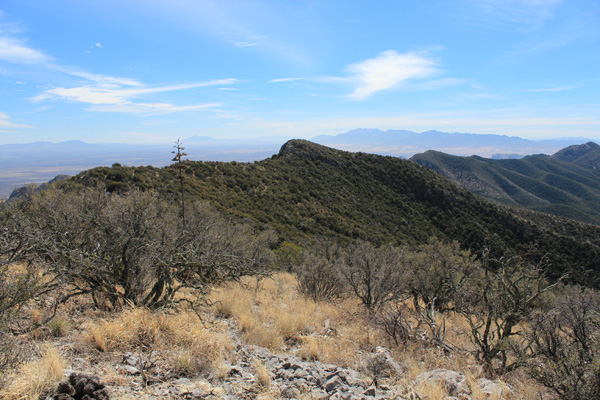
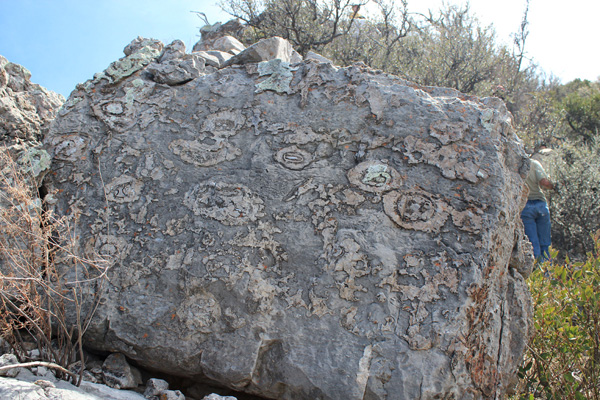
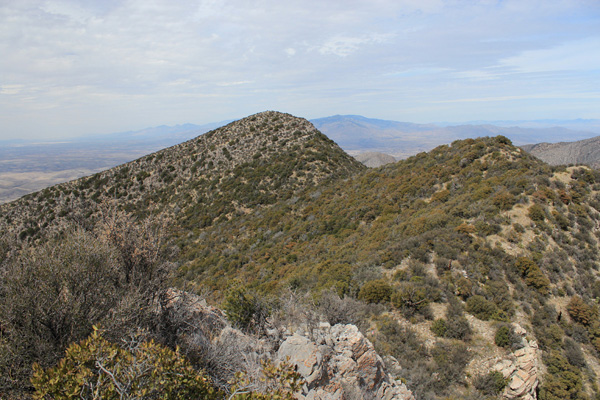

Dear Paul,
Thank you for this account of climbing Apache Peak in the Whetstone Mountains. My good friend’s last name is Whetstone, and neither of us being climbers, we only today – New Year’s Day, 2022 – stumbled upon an array of mountains named Whetstone – aside from this one in Arizona, there’s a Whetstone Mountain in Colorado, and Whetstone Mountain trails in your native Oregon and Washington State.
We were wondering if you happened to know how these mountains got their name? Is it from the local rock providing whetstones for sharpening blades? Or was there perhaps a Whetstone who went out West at some point and began climbing and naming mountains? It’s a very old British name, and Whetstones arrived on our shores in the 1660s; by the 1830s there was a Texas pioneer named Sam Whetstone, and later some prominent Whetstones emerge in Montana politics in the 1930s and 40s. That’s as close as we’ve gotten thus far. We’d be grateful for any light you can shed on this, since you’ve climbed and explored each of these regions. Thank you.
By the way, your photograph of the seashell fossils is intriguing; I wonder if fossils like these might have been an influence on the earliest indigenous cave drawings from Arizona? They appear to be similar shapes – ovals, outlined circles, strange oblongs and they’re clustered together in a similar way. Just a thought.
thanks again for your informative blog.
Hello Julie and David,
I assumed the mountains were named after the sharpening stone. After a quick google search I found this that seems to support this idea:
https://www.gvrhc.org/Library/WhoNamedTheMountains.pdf
I am not familiar with the cave drawings. You have an interesting idea about what might have inspired them.
Paul